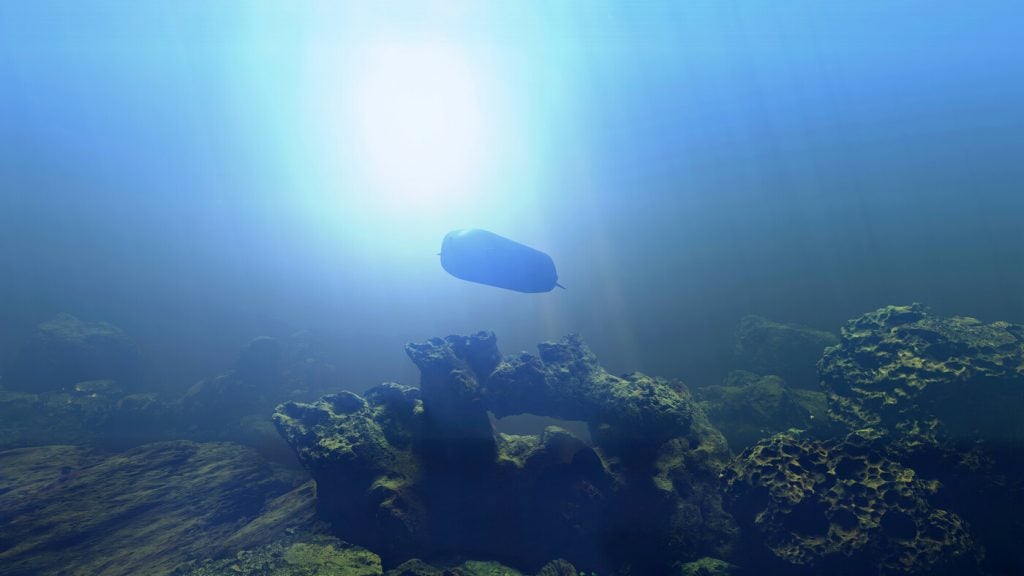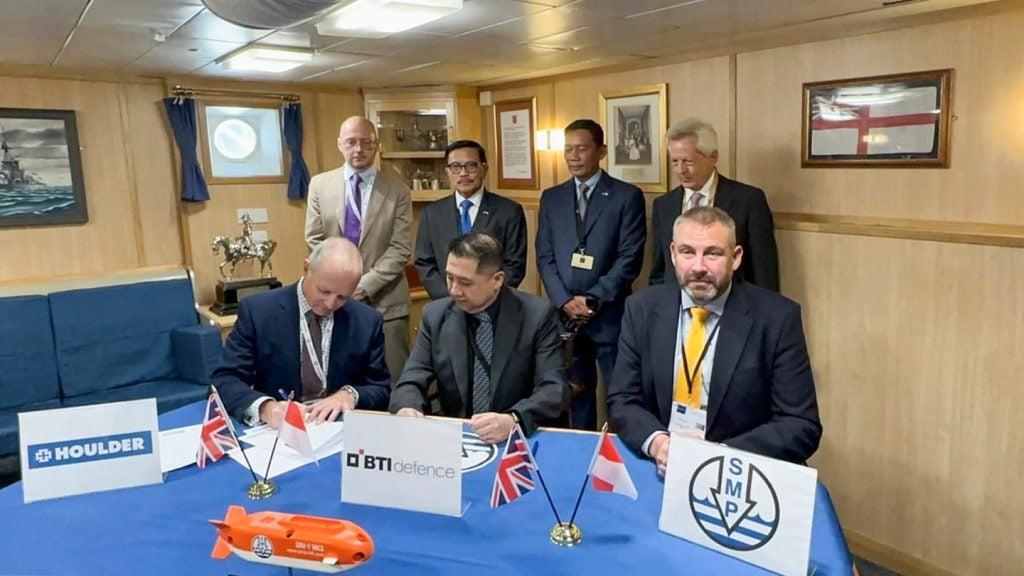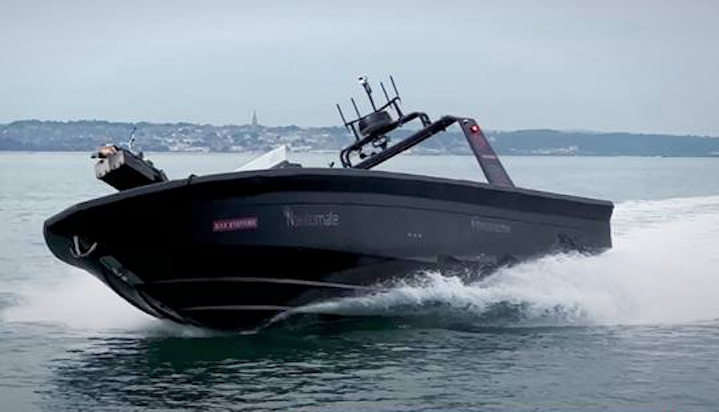BAE announced 12 September at the Defence and Security Equipment International (DSEI) 2023 that it will launch a demonstrator for Herne, its new Extra Large Autonomous Underwater Vehicle (XLAUV) built for ISR and anti-submarine warfare, trialled in partnership with Cellula Robotics in the latter half of 2024.
“This will be the first time any UK company will have tested its advanced autonomous capabilities in this area and I am excited to be working with Cellula Robotics,” said Scott Jamieson, managing director of Maritime Services at BAE Systems.
“Our aim is twofold: first that we will be able to show navies across the globe that we are moving closer to being able to offer them a product that will help them in the vital areas of ISR; and secondly that the platform could easily complement true submarines in the underwater battle-space,” said Jamieson.
Jameison indicated that potential buyers of the system broadly include most major navies, as international customers have been exploring deep-sea ISR capabilities, however no country has so far set out what the potential requirement could include, providing a challenge for BAE to produce a demonstrator in advance of a full outline.
BAE has chosen a modular design approach to provide as much flexibility as possible to meet a varied range of missions, which includes a flexible platform size through the insertion of additional hull sections. The XLUAV was described as fitting within a 12m by 2m storage container, and is capable of operating 500m below sea level, with an endurance of between 6 and 20 days dependent on its mission.
Herne is equipped with advanced Intelligence, Surveillance and Reconnaissance (ISR) capabilities intended for its role in sensing and communicating below the surface.
The strategic significance of the underwater domain, the necessity to protect the critical national infrastructure within it, and the inherent challenges have been brought to light by recent acts of subsea aggression. By allowing navies to monitor much larger areas without the limitations of a human crew and at a much lower cost, autonomous platforms like Herne could play a role in helping militaries overcome the challenge that the vast expanses of the underwater battle-space present.











